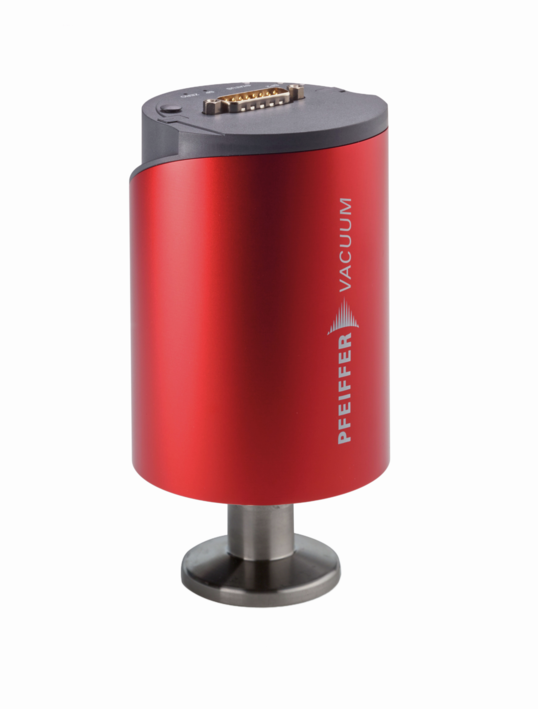Freeze Drying
:grayscale(false):format(webp))
Freeze drying, also called lyophilization, is a particularly gentle drying process and is therefore, suitable for sensitive products. For pharmacy and biotechnology, freeze-dried substances include temperature-sensitive vaccines, antibiotics and bacteria. These are dried directly in glass vials or syringes for storage and can be dissolved in seconds, if required. When drying parenteral products, there are particularly high demands on the purity and sterility of the system. Pfeiffer Vacuum supports this both with cleaning concepts for vacuum products as well as with products for monitoring the drying chamber.
Application requirements
High water vapor tolerance
Long maintenance intervals
High reliability

Freeze drying process
How does it work?
The material to be dried is initially frozen, and then dried in a vacuum chamber. In contrast to conventional vacuum drying, the primary drying takes place by sublimation. This requires a much deeper vacuum. The water or solvent is transitioned directly from the solid to the gaseous state. Meanwhile, the heat necessary for the phase change is provided, for example, via heating plates. Followed by optional secondary drying to further reduce the residual moisture content of the product. This is done by desorption of bound moisture. A low pressure and an increased heat supply promote the subsequent drying. The vapor is frozen by a cold desublimation trap, often called a condenser.
Vacuum requirements
For the freeze drying process, achieving a pressure below the triple point of the solvent used (e.g. water) is imperative. In addition, during evacuation, unwanted substances such as oxygen are removed from the drying chamber. While the working pressure for the duration of the primary drying is typically between 0.5 hPa and 1*10-2 hPa, it can be up to 1*10-3 hPa during secondary drying or also for the conditioning of the chamber.
:grayscale(false):format(webp))
Product portfolio
Pfeiffer vacuum offers a comprehensive portfolio for freeze drying with vacuum pumps for evacuation, pressure gauges and calibration pumping stations, mass spectrometer for gas analysis for process monitoring, as well as leak detectors for the localization of leaks.
:grayscale(false):format(webp))
:grayscale(false):format(webp))
:grayscale(false):format(webp))
:grayscale(false):format(webp))
:grayscale(false):format(webp))
:grayscale(false):format(webp))


:grayscale(false):format(webp))
:grayscale(false):format(webp))

:grayscale(false):format(webp))


:grayscale(false):format(webp))
:grayscale(false):format(webp))
:grayscale(false):format(webp))
:grayscale(false):format(webp))
:grayscale(false):format(webp))
:grayscale(false):format(webp))
:grayscale(false):format(webp))
:grayscale(false):format(webp))
:grayscale(false):format(webp))